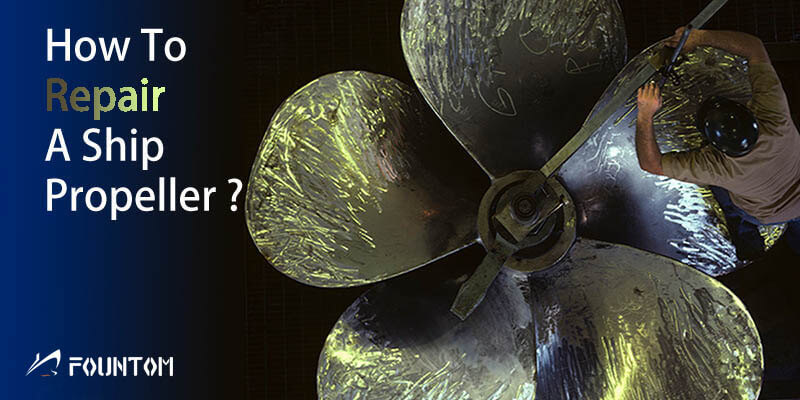The Propeller is a crucial component of a vessel, since it is always located underwater, the maintenance and repair have to be done periodically in dockyards. The common defects of propellers are corrosion, cracks and fracture, deformation, etc.
After any repairing acts like bending correction, broken edge compensation, large area welding, the repaired propeller pitch, blade thickness and diameter size should be measured again to make sure it works properly, furthermore an static balance test should be performed.
Propeller repair methods include: surface polishing, crack welding, notch and fault block picking, erosion area surfacing, bending, deformation correction, blade edge cut. Among which welding is a crucial part. Not all the cracks on the blade can repaired by welding, the repairing should follow strict principles.
The principle of Fountom on repairing of blade cracks
Following racks can be repaired:
- Cracks on he edge area greater than 0.7R;
- Cracks between 0.4R and 0.7R area, the crack length can not exceed the 1/4 of the blade width;
- For propeller diameter less than 2 meters (D ≤ 2 m) , the crack length shall not exceed 1/8 of the propeller hub thickness;
- For propeller diameter less than 1.2 meters (D ≤ 1.2 m), the crack length shall not exceed the propeller hub thickness.
Any propeller cracking instances that does not comply with above principles, or with sereval times welding repairs shall consider replacing the whole propeller.
After the welding of the propeller, the surface must be chiseled, remove the slag, loose and other defects, and carefully check whether there’re new cracks.




